Neil Campbell outlines his pandemic creation of a violin overlaid with the distinctive Scottish fabric
Discover more lutherie articles here
I must start by saying why I ended up making violins. I worked as a teacher of craftwork and engineering as well as teaching musical instrument-making for 20 years. I worked alongside a close friend Bert Kerr, a well respected luthier in the Edinburgh area. I generally taught how to make guitars and fretted instruments and Bert took care of the violin family.
Sadly, Bert died three years ago and true to his thoughtful and generous nature made arrangements to leave me his violin making tools and wood. This was at the start of the first lockdown. I had made many instruments over the years and with plenty of time on my hands due to lockdown I decided to take to the shed and make a violin. Now a few years on and quite a few violins later I’ve developed the habit of making a standard concert violin and then making a unique ‘creation’ for a bit of fun and for the sake of creativity. One such ‘creative’ project resulted in the Harris Tweed violin.
I visit the Hebrides every year and last summer, knowing I would be on the islands of Harris and Lewis, the home of Harris Tweed, I decided to buy a bag of offcuts and figure out how to create a violin from this amazing cloth. Many people associate tweed with quite dark and reserved colours but as you can see Harris tweed is often bright and vibrant.
I considered making a mould and soaking the tweed in resin, effectively making plates of solid tweed but decided this would probably end badly. It would also look like a plastic violin. After a lot of thought, the final method I chose was to bend the ribs as normal and carve a belly and back, then overlay cuts of tweed in a sort of decoupage style. For the ribs I used yew and for the belly and back I used very old yellow pine. Old yellow pine is a rare and a beautiful wood to carve. It’s extremely light in weight and therefore the additional tweed would not raise the final weight too much.
The biggest concern I had was preventing the edges of the tweed overlays from fraying. This problem was solved by adding guitar style banding to the ribs made from rippled ash creating an edge that the tweed can be tucked behind. Indeed there are no edges where the tweed edge cuts are exposed. This is also the reason why I did not use the usual corner blocks. It simply cut down the number of places where the tweed could fray. I also opted for an oval soundhole reminiscent of the Macaferri guitars used by Django Reinhardt. I didn’t fancy trying to edge f holes!
Another idea came from the many old Norse names on Harris. I considered a few ways of adding a Viking inspired detail to the design and in the end I found a picture of a Viking longboat with a serpent carving at the bow. From most angles it looks like a normal scroll it’s only if you have a good look you’ll see the serpent each side. The eyes are little pieces of Mammoth ivory.
The tailpiece is an offcut from a previous Bog Oak violin and again it’s inlayed with Mammoth Ivory. The violin is fitted with a Piezo bridge pickup but it plays well acoustically for practice.
Read: The world’s first and only Bog Oak violin (as far as we know)
Watch: Listen to the Bog Oak violin - the world’s oldest violin?
As someone who hates wearing wool as it makes my skin crawl, I was going to add a leather patch at the chin rest area as I only use a shoulder rest. However I’ve found that the Harris Tweed is very soft and not noticeable against the skin.
What’s it like to play? Well it’s very easy to play. I’ve fitted it with Tonica strings to set it up and play it in for a while. I generally prefer any of the strings Pirastro make. They seem to suit my violins or my ear.
Finally do I sell my work. Well, not yet. I find that I’m quite attached to each one as they all have their own characteristics and each violin has its own sound. However, I am considering selling some soon simply because I love making them but I’m now hitting comedy levels of violin ownership.
View: Photo gallery: The tiniest violin studio you’ll see today!
View: Photo gallery: The decorated instruments of ‘Violino d’Autore’
View: Photo gallery: the unusual violins of Antoni Hybel (1872 – 1946)
Explore more lutherie articles here
An exclusive range of instrument making posters, books, calendars and information products published by and directly for sale from The Strad.
The Strad’s exclusive instrument posters, most with actual-size photos depicting every nuance of the instrument. Our posters are used by luthiers across the world as models for their own instruments, thanks to the detailed outlines and measurements on the back.
The number one source for a range of books covering making and stinged instruments with commentaries from today’s top instrument experts.
This year’s calendar celebrates the top instruments played by members of the Australian Chamber Orchestra, Melbourne Symphony, Australian String Quartet and some of the country’s greatest soloists.

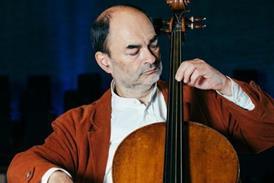
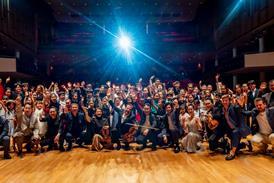
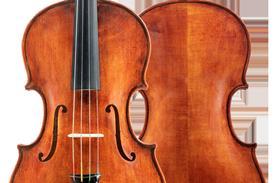



















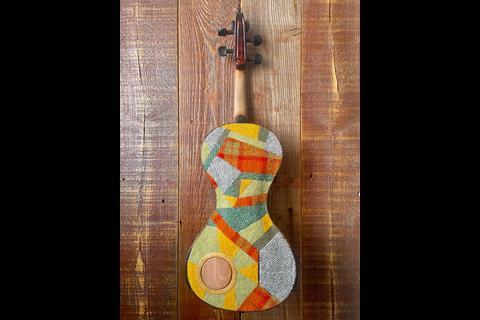
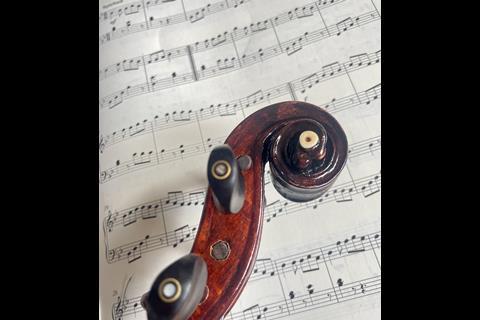
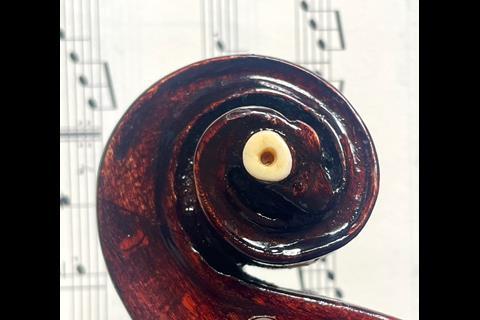
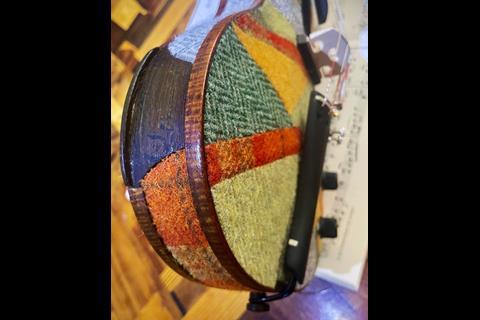
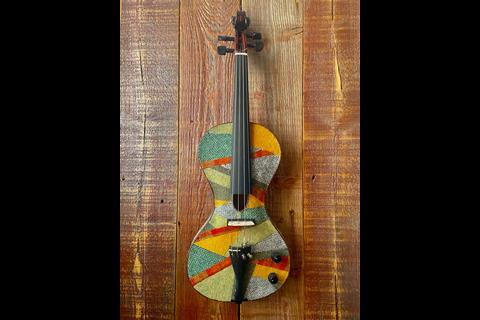
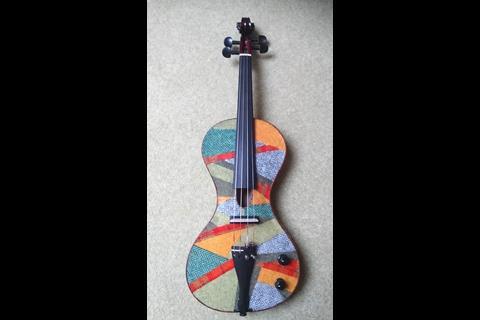
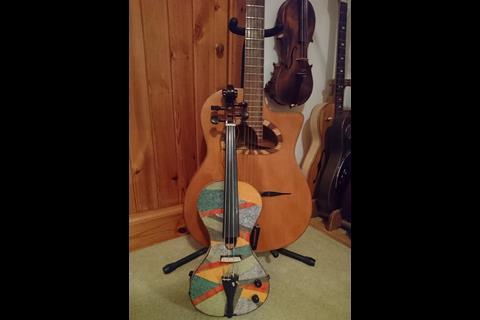


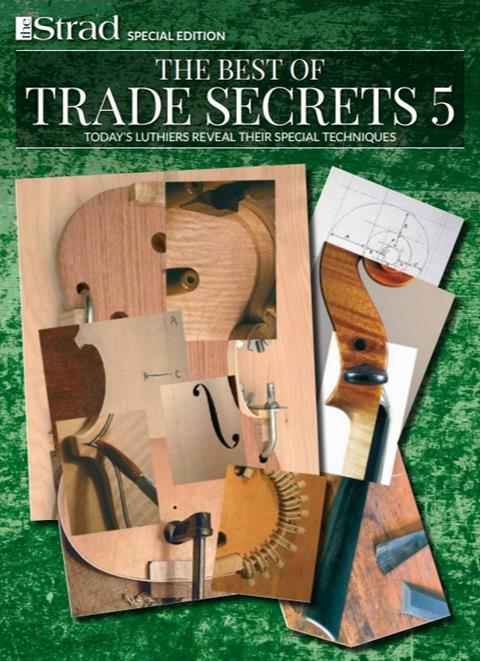













No comments yet